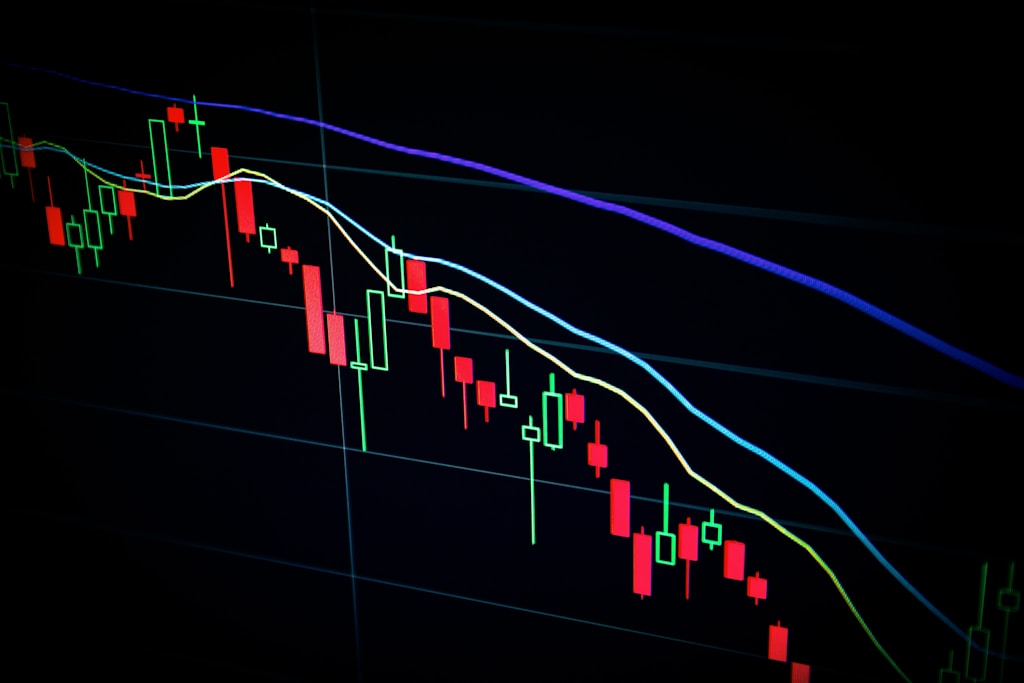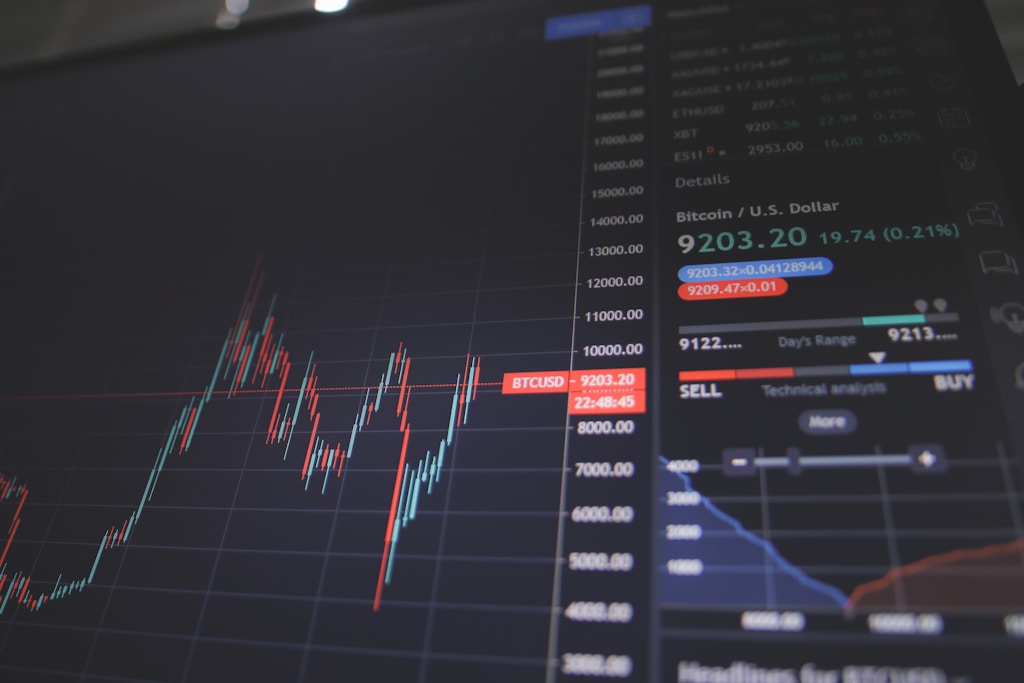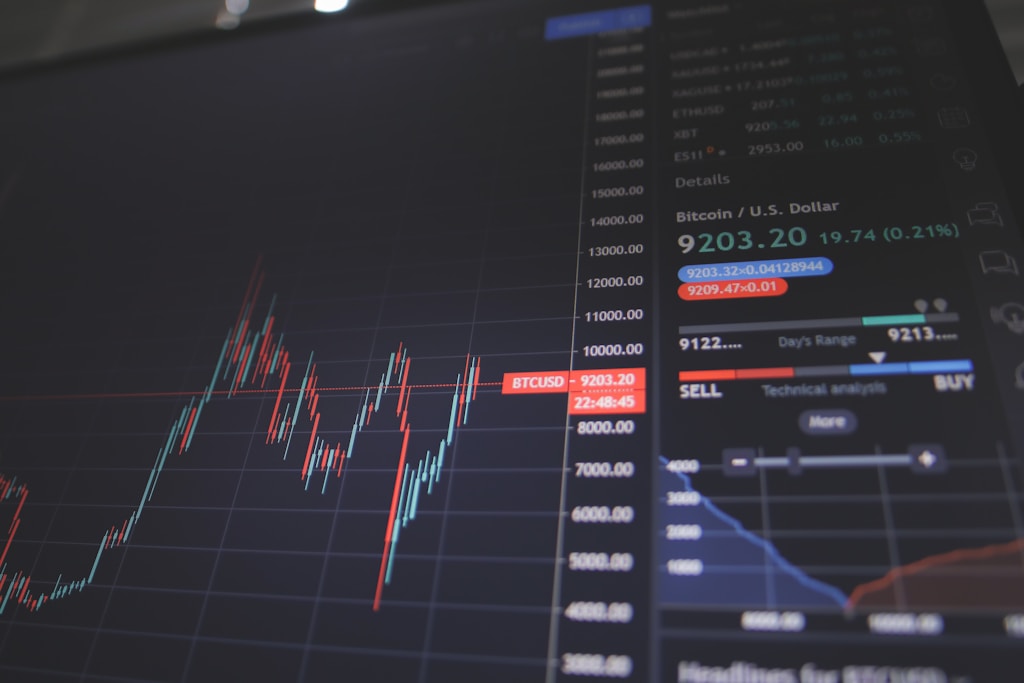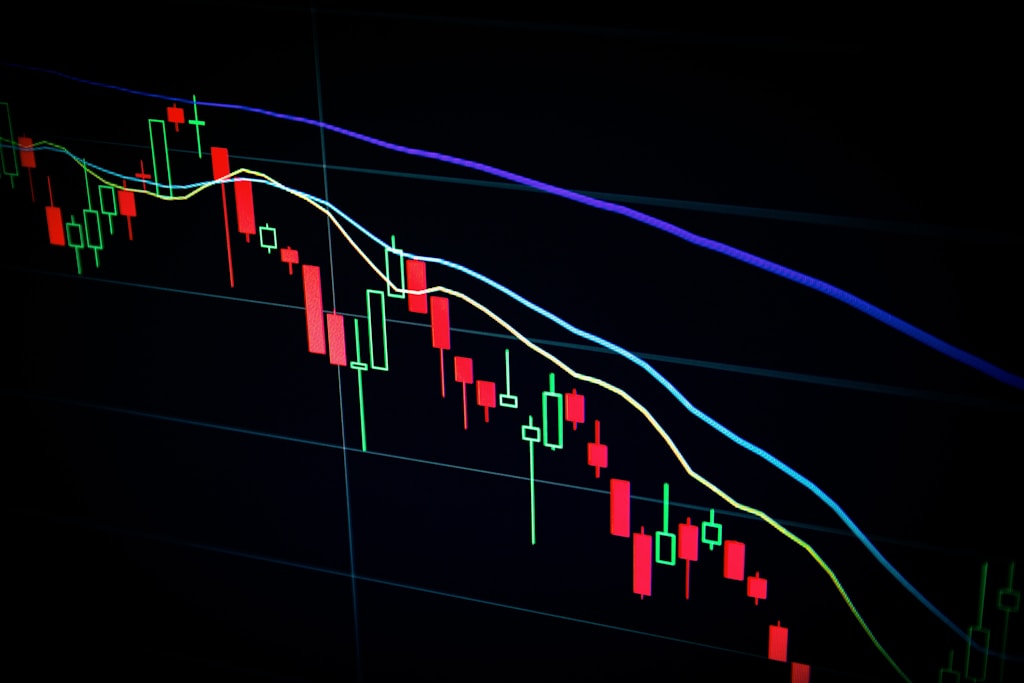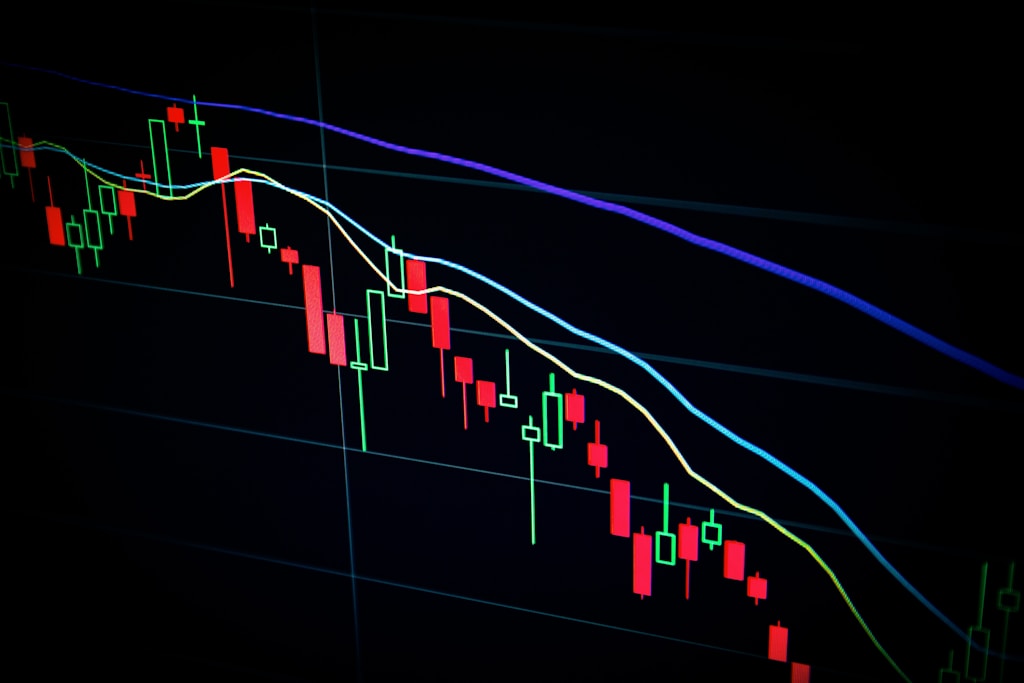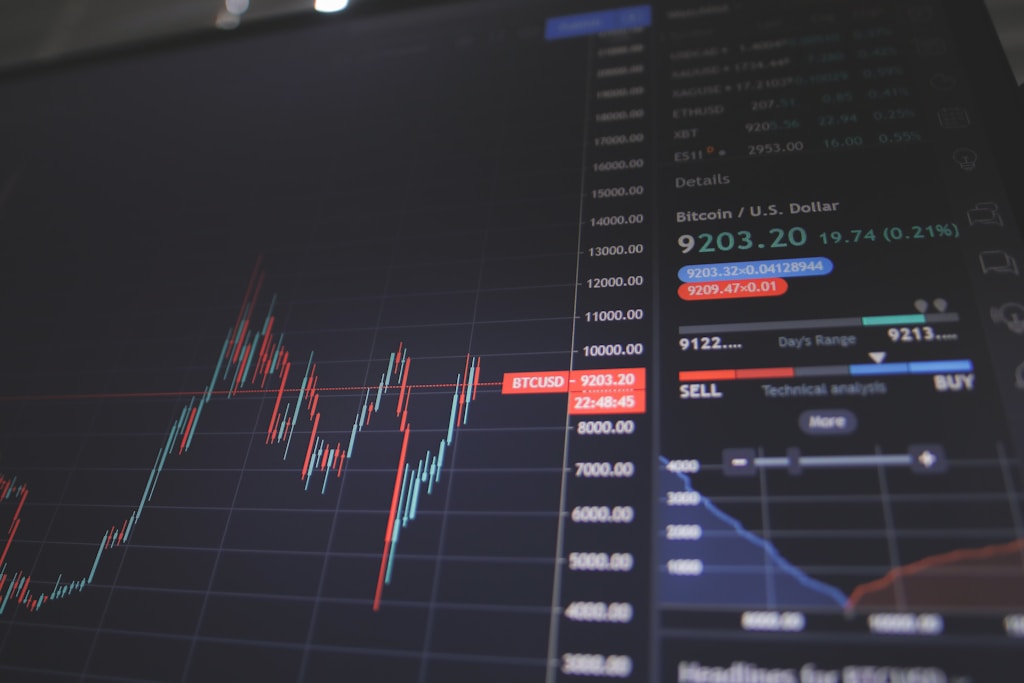Bitcoin (BTC) continues to trade sideways this week, showing remarkable resilience amid significant macroeconomic developments that typically influence crypto markets. This price action follows last week’s 9% dip to $105K, suggesting a period of consolidation may be underway.
Market Analysis: Bitcoin’s Sideways Trading Pattern
Despite U.S. President Donald Trump’s announcement of a “very good phone call” with Chinese leader Xi Jinping on Thursday morning – news that initially boosted traditional stock markets – Bitcoin has maintained its ranging pattern. This decoupling from traditional market movements could indicate a maturing asset class that’s increasingly driven by its own fundamentals.
On-Chain Metrics and Technical Analysis
Recent data suggests that whale accumulation has reached 600,000 BTC, potentially creating conditions for a supply squeeze. This accumulation phase, combined with the current price consolidation, often precedes significant market movements.
SPONSORED
Trade Bitcoin with up to 100x leverage and maximize your profit potential
Market Implications and Future Outlook
The current consolidation phase comes at a crucial juncture, with several key factors to consider:
- Reduced correlation with traditional markets
- Increasing institutional interest
- Strong on-chain fundamentals
- Technical support levels holding firm
FAQ Section
Why isn’t Bitcoin responding to positive macro news?
Bitcoin’s decreased correlation with traditional markets suggests it’s developing its own market dynamics, driven more by crypto-specific factors than general market sentiment.
What does this consolidation mean for Bitcoin’s price?
Historical patterns suggest that periods of consolidation often precede significant price movements, though direction cannot be predicted with certainty.
How long might this sideways trading continue?
Market analysts suggest this consolidation phase could last until key technical levels are broken or significant market catalysts emerge.
Traders and investors should maintain vigilant risk management practices during this period of reduced volatility, as such phases often precede major market moves.

